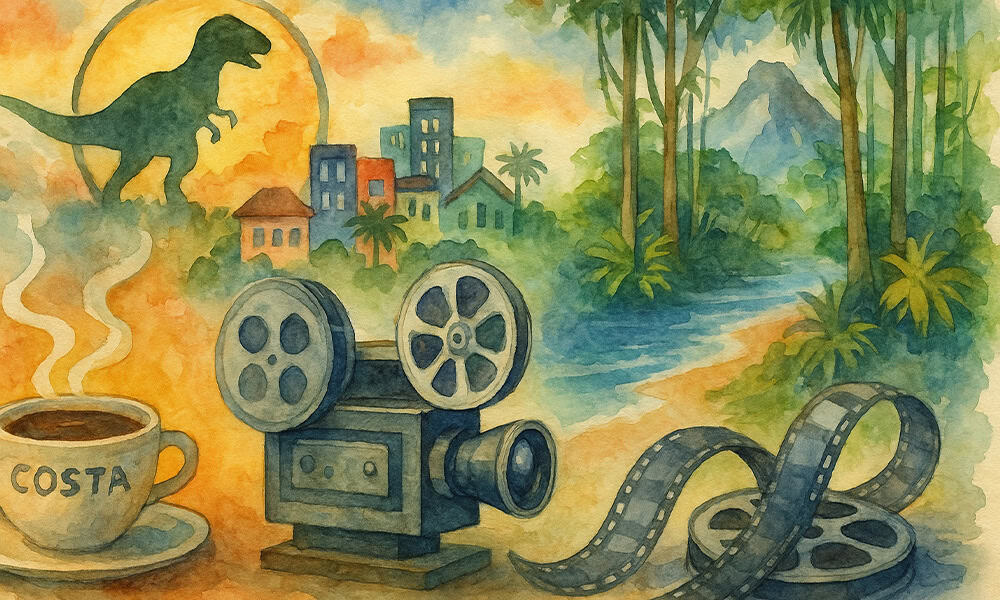I recently watched the original Jurassic Park for the first time. I had often heard the movie was based in Costa Rica, but less than 10 minutes in, I realized that Spielberg and company did not do their homework. As anyone who has seen it knows, the movie starts with a graphic reading ‘San Jose, Costa Rica’ and then cuts to a scene that takes place in a rustic beachfront setting.
San Jose sits inland at over 1,000 meters, and it would have taken the writer about a minute to consult a map to see this. In actuality, the movie was not even filmed in Costa Rica, though Michael Crichton, the author of the book Jurassic Park, claimed that our offshore Isla de Cocos was the inspiration.
The team behind Jurassic Park did not bother with accuracy when it came to San Jose’s location, likely because they knew that 99% of their intended audience would not know the difference. The year was 1993, and Costa Rica’s tourism numbers in the early 1990s were only about a third of what they have been post-Covid. We were still a country of mystery to most. The ad campaigns, lux hotels and year-round tourism that helped turn Costa Rica into a world famous destination were some years away.
A year before the 1948 Civil War, the first major English language movie about Costa Rica was released. Titled “Carnival in Costa Rica”, it was a splashy technicolor celebration that opened with the line: “This is Costa Rica, the coffee capital of Central America, where the summer lasts the year around and Christmas is just another excuse for carnival and fiesta.”
This movie portrayed Tiquicia as a non-stop party, with song, dance and romance. The irony here is that this same seemingly happy, peaceful place would fight a civil war the following year.
For an opposite impression of Costa Rica, look no further than South Park. Back in 1999, they aired an episode called “Rainforest Schmainforest” that enraged the government when it was shown here some years later. San Jose was crudely portrayed as a city of hookers, shanties and trash, and the trip to the rainforest was an absurd few minutes that included a tour guide killed and eaten by a coral snake, a random group of guerrilla fighters, and a squad of white people happily cutting down the trees.
The past decade saw the making of a film here called After Words. Academy Award winner Marcia Gay Harden portrays a middle-aged woman who travels to Costa Rica to rediscover herself, which she does with the avid assistance of a younger Tico gentleman. I have only seen clips, but it may be best described as a Hallmark movie with a bit of an edge.
Of course, if you really want a better and more accurate portrayal of life here, there are a number of movies made here by Tico filmmakers that go way beyond the superficiality of the major US-based studios.
Recent releases such as ‘Clara Sola’, about a repressed young campesina who discovers her sexuality; “Domingo and the Mist” about a widow haunted by her late husband’s ghost; and “130 Children”, a Chilean-Tico production about a large extended family, all reveal subtler aspects of life familiar to those born and raised in the culture.
Such is the Costa Rica of film: A happy carefree place, a dark and mysterious place, a place Hollywood didn’t care to get right, a place of jungles and wild animals, a place to find yourself. A place those of us fortunate to call home know is deeper and more complex than a 90-minute film could ever portray.

